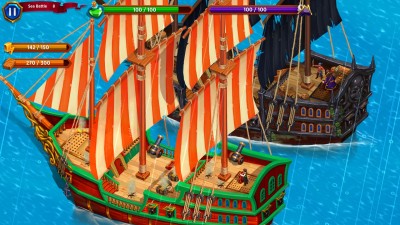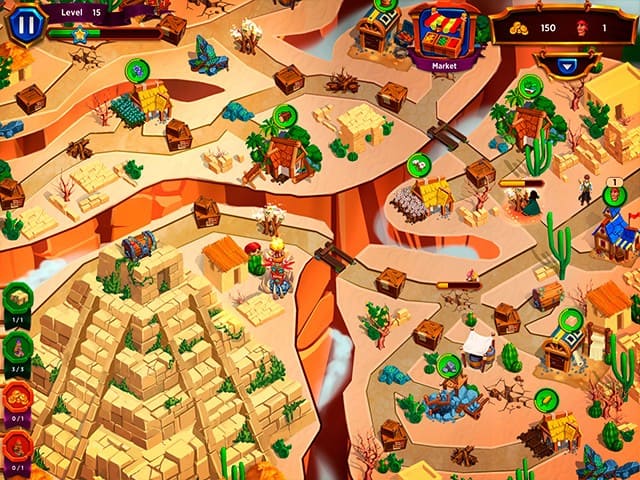

According to Vespucci, the expedition reached the latitude "South Pole elevation 52° S" in the "cold" latitudes of what is now Patagonia, near the Strait of Magellan, before turning back. Among his crew was the Florentine Amerigo Vespucci. In 1501–1502, an expedition led by Gonçalo Coelho (or André Gonçalves and/or Gaspar de Lemos), sailed south along the coast of South America to the bay of present-day Rio de Janeiro. Landing in the New World and reaching Asia, the expedition connected four continents for the first time in history. From the east coast, the fleet then turned eastward to resume the journey to the southern tip of Africa and India. On the other hand, some historians have suggested that the Portuguese may have encountered the South American bulge earlier while sailing the "volta do mar" (in the Southwest Atlantic), hence the insistence of King John II in moving the line west of the line agreed upon in the Treaty of Tordesillas in 1494. It has also been suggested that Duarte Pacheco Pereira may have discovered the coasts of Brazil in 1498, possible its northeast, but the exact area of the expedition and the explored regions remain unclear. The previous expedition of Vasco da Gama to India already recorded several signs of land near its western open Atlantic Ocean route, in 1497. Believing the land to be an island, he named it Ilha de Vera Cruz (Island of the True Cross). On 21 April 1500, a mountain was seen that was named Monte Pascoal, and on 22 April, Cabral landed on the coast, in Porto Seguro. In April 1500, the second Portuguese India Armada, headed by Pedro Álvares Cabral, with a crew of expert captains, including Bartolomeu Dias and Nicolau Coelho, encountered the Brazilian coast as it swung westward in the Atlantic while performing a large " volta do mar" to avoid becalming in the Gulf of Guinea. John's, Conception Bay and surrounding areas of east Canada remain important as a cultural region, even today. Nonetheless, the Portuguese-founded towns of Portugal Cove-St.

These were later abandoned, however, when Portuguese colonizers began to focus their efforts mainly on South America. João Álvares Fagundes and Pêro de Barcelos established fishing outposts in Newfoundland and Nova Scotia around 1521. In 1506, King Manuel I of Portugal created taxes for the cod fisheries in Newfoundland waters. Their existence is based on brief or fragmentary historical documents that are unclear concerning the destinations of voyages.

The possible voyage of 1473 and several other possible pre-Columbian expeditions to North America in the 15th century, mostly from the Azores in the case of the Portuguese (included in donation royal letters), remain matters of great controversy for scholars. Fragmentary evidence also suggests a previous expedition in 1473 by João Vaz Corte-Real, their father, with other Europeans, to Terra Nova do Bacalhau ( New Land of the Codfish) in North America. Subsequently, in 15, the Corte-Real brothers explored and charted Greenland and what is today the Canadian province of Newfoundland and Labrador, claiming these lands as part of the Portuguese Empire. To that end, in 14, the Portuguese mariner João Fernandes Lavrador visited the northeast Atlantic coast and Greenland, which accounts for the appearance of "Labrador" on topographical maps of the period. Portuguese North America (in present-day Canada) Vaz Dourado, c.1576.īased on the terms defined in the Treaty of Tordesillas, the Portuguese Crown claimed it had territorial rights in the area visited by the explorer John Cabot in 14 on behalf of the Crown of England.


 0 kommentar(er)
0 kommentar(er)
